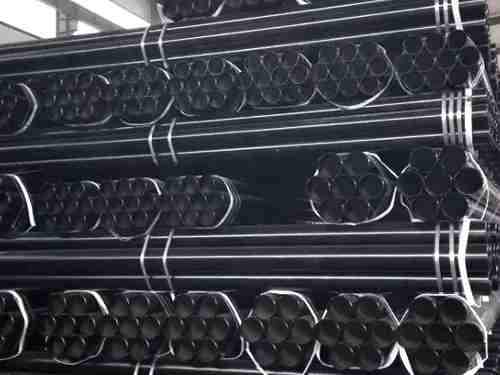Angle steel is available in various types, each classified based on different criteria. Below are some common types of angle steel, categorized according to material, shape, specification, processing technology, surface treatment, and angle.
- Classification by Material
Carbon Steel Angle Steel: Composed primarily of carbon with a small amount of other alloy elements, carbon steel angle steel is known for its high strength and hardness. It is widely used in construction, machinery manufacturing, and various other fields.
Alloy Steel Angle Steel: This type includes alloy elements such as chromium, manganese, and molybdenum, which enhance its mechanical properties and wear resistance. Alloy steel angle steel is often used in applications requiring higher durability and strength.
Stainless Steel Angle Steel: Made from a combination of chromium, nickel, and other elements, stainless steel angle steel offers excellent corrosion resistance. It is commonly used in the chemical industry, shipbuilding, and other applications where resistance to corrosion is crucial.
- Classification by Shape
Equilateral Angle Steel: Both sides of this angle steel are of equal length, with a typical angle of 90 degrees. Its specifications are usually denoted by the dimensions of the side width and thickness, such as "∠30×30×3," meaning the angle steel has a side width of 30 mm and a side thickness of 3 mm. Equilateral angle steel is commonly used in structural components for buildings, bridges, and transmission towers due to its uniform shape and ease of installation.
Unequal Angle Steel: In this type, the lengths of the two sides are not equal. Unequal angle steel can further be divided into:
Unequal Equal Thickness: The sides have different lengths but the same thickness.
Unequal Unequal Thickness: Both the side lengths and thicknesses differ.
This type of angle steel is ideal for complex structural designs, such as in buildings and bridges, as it can better meet load requirements in varying directions.
Flat Steel: Characterized by a rectangular cross-section, flat steel is typically used for manufacturing mechanical parts, tools, and components requiring cold bending.
Center Angle Steel: This type of angle steel is customized according to specific needs, with a defined center angle that may differ based on the application.
- Classification by Specification
Standard Angle Steel: Meets national or industry standards and is typically used in general structural engineering projects.
Non-standard Angle Steel: Custom-made to meet specific engineering requirements. The dimensions and specifications of non-standard angle steel are tailored to customer needs.
- Classification by Processing Technology
Hot-Rolled Angle Steel: Produced by hot rolling at high temperatures, hot-rolled angle steel has a rough surface but offers high strength and toughness. It is suitable for heavy-duty applications in construction, bridges, and shipbuilding.
Cold-Drawn (Cold-Rolled) Angle Steel: Manufactured through cold processing, this type of angle steel has a smooth surface and precise dimensions. It is commonly used in precision machinery manufacturing, bicycles, motorcycles, and other applications where accuracy and appearance are important.
- Classification by Surface Treatment
Angle steel can undergo various surface treatments to enhance its properties:
Hot-Dip Galvanized Angle Steel: Involves immersing the steel in molten zinc at high temperatures to create a zinc coating on the surface, providing excellent corrosion resistance.
Electro-Galvanized Angle Steel: This process uses electrolysis to deposit a zinc layer onto the surface of the angle steel, providing some corrosion resistance, though typically less than hot-dip galvanization.
Painted Angle Steel: A layer of paint or other anti-corrosion coating is applied to the surface, offering additional protection against corrosion, especially in less demanding environments.
- Classification by Angle
Angle steel can be categorized by the angle between its sides:
45-Degree Angle Steel: The angle between the two sides is 45 degrees.
90-Degree Angle Steel: The angle between the sides is 90 degrees, which is the most common configuration used in construction and structural applications.
135-Degree Angle Steel: The angle between the two sides is 135 degrees, typically used for specialized applications.
- Special Types of Angle Steel
In addition to the standard types, there are specialized types of angle steel designed for specific applications:
High-Strength Angle Steel: Designed for applications requiring enhanced strength and resistance to heavy loads.
Low-Alloy Angle Steel: Contains a small amount of alloying elements to improve certain mechanical properties, such as strength or toughness, making it suitable for use in demanding environments.

 English
English Español
Español











